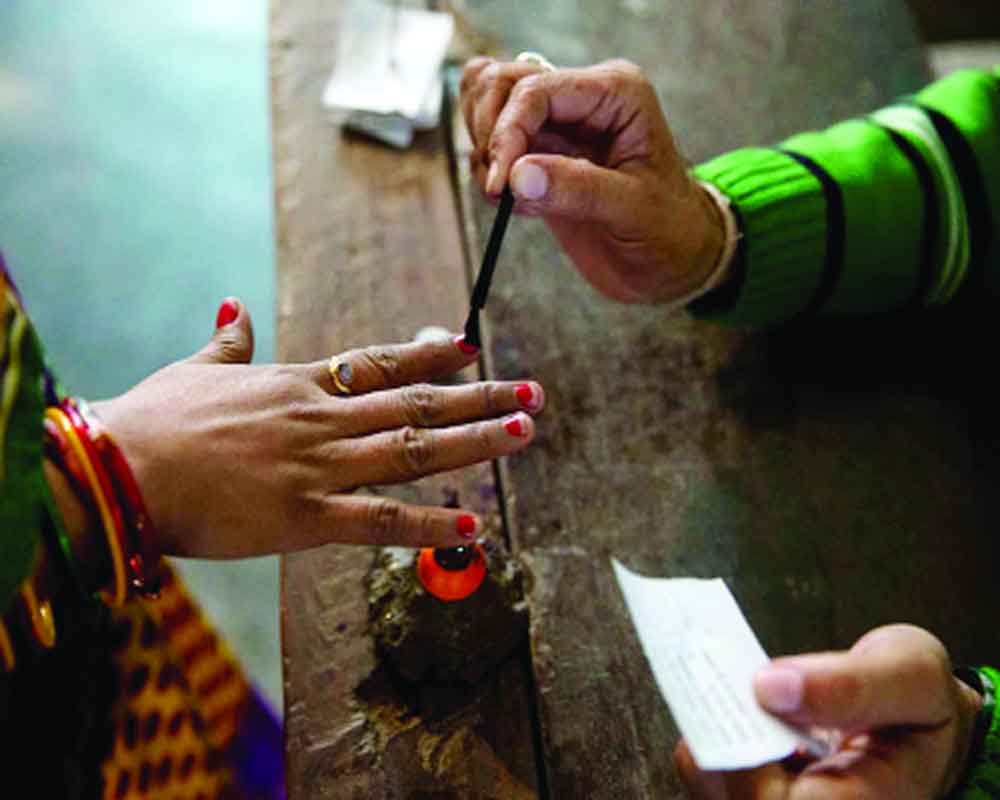The pivotal third phase of the elections concluded with a low turnout, featuring prominent contenders
Yesterday, Prime Minister Modi exercised his voting right. He was vocal about India’s exemplary democratic process on the global stage. Indeed, the complexity of Indian elections, given the vastness of the nation and its electorate, makes their execution a challenging feat. As the 2024 Lok Sabha election reaches midway, India’s political arena brims with fervour, anticipation, and meticulous scrutiny. The third phase of voting holds particular significance, especially for the Bharatiya Janata Party (BJP), with voting taking place in Gujarat, the home turf of Prime Minister Modi, and Amit Shah, the Home Minister. The presence of both leaders casting their votes amplifies the importance of this phase, shaping the election’s narrative thus far. The third phase encompassed 11 States and Union territories, witnessing 93 constituencies participating in the electoral process. Notably, the BJP secured victory in the Surat constituency in Gujarat uncontested. With voting in 283 Lok Sabha seats (52 per cent of total Lok Sabha seats) complete, the election is less than a month away from its logical conclusion. After four more phases, the results would be out on June 4. What set the third phase apart was the presence of several constituencies where notable figures were contesting. This phase hosted several prominent candidates, including Amit Shah (BJP) from Gandhi Nagar, Gujarat; Digvijaya Singh (Congress) from Rajgarh, Madhya Pradesh; Shivraj Singh Chouhan (BJP) from Vidisha, Madhya Pradesh; Dimple Yadav (Samajwadi Party) from Mainpuri, Uttar Pradesh; Supriya Sule (NCP - Sharad Pawar) from Baramati, Maharashtra; Jyotiraditya Scindia (BJP) from Guna, Madhya Pradesh; Pralhad Joshi (BJP) from Dharwad, Karnataka; and KS Eshwarappa (BJP) from Shimoga, Karnataka, among others.
The Election Commission reported a turnout of 66.14 per cent and 66.71 per cent for the first and second phases, respectively. The third phase was no different in terms of voter turnout. With the completion of the third phase, the fate of 283 Lok Sabha seats has been sealed, marking the election’s midpoint with 52% of seats voted upon. The persistently low turnout across all phases raises concerns for both democracy and political parties, each grappling with the challenge of ensuring voter participation. For the BJP, the third phase holds immense significance. As a party entrenched in power since 2014, it faces the daunting task of not only maintaining its stronghold but also expanding its influence across diverse regions of the nation. As the Lok Sabha election unfolds, discernible trends and dynamics offer insights into the nation’s pulse. Despite facing formidable challenges, the BJP leverages its organisational strength, robust campaign machinery, and Modi’s charismatic leadership to maintain its competitive edge. However, navigating through economic concerns, social tensions, and regional disparities presents formidable obstacles. The outcome of this phase serves as a litmus test for the BJP’s policies and leadership shaping the trajectory of Indian politics.
























